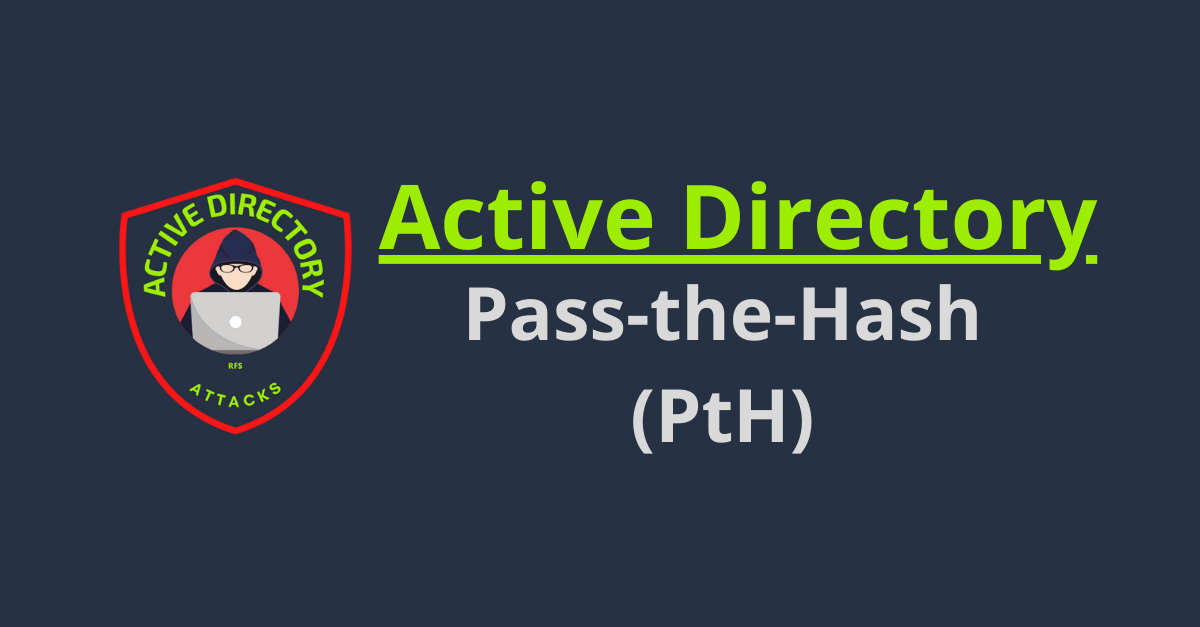Understanding Pass-the-Hash (PtH) Attack
 PopLab Agency
PopLab Agency
This article provides a detailed overview of Pass-the-Hash (PtH), an exploitation technique used in cybersecurity attacks. Learn how PtH works, its implications for authentication security, and strategies to mitigate the risks.
In the realm of cybersecurity, Pass-the-Hash (PtH) has emerged as a potent technique employed by attackers to compromise authentication systems. This article will delve into the intricacies of Pass-the-Hash, exploring how it functions, the potential risks it poses to security, and strategies to mitigate its impact.
 Pass-the-Hash (PtH)
Pass-the-Hash (PtH)
Table of Contents
- Understanding Pass-the-Hash (PtH)
- How Pass-the-Hash Works
- Implications for Authentication Security
- Mitigating the Risks
- Conclusion
Understanding Pass-the-Hash (PtH)
Pass-the-Hash (PtH) is an exploitation technique that targets authentication mechanisms, predominantly within Windows operating systems. It capitalizes on the nature of password hashing, which converts user passwords into cryptographic hashes for storage and verification purposes.
Instead of obtaining the actual password, attackers extract and utilize the hashed password to gain unauthorized access.
How Pass-the-Hash Works
When a user logs into a Windows system, their credentials are sent to the authentication mechanism. Normally, the password is hashed and compared with the stored hash in the system. If the hashes match, access is granted. However, Pass-the-Hash attackers bypass the need for the actual password.
They intercept and extract the hashed password from the system’s memory, typically by leveraging administrative privileges or exploiting vulnerabilities.
With the obtained hash, the attacker can impersonate the user without needing their actual password. By injecting the hash into the authentication process, the attacker gains access to the target system or network resources, often with elevated privileges associated with the compromised user.
Implications for Authentication Security
Pass-the-hash attacks pose significant risks to authentication security. Traditional security measures, such as complex password policies and regular password changes, become less effective because the attacker does not require the original password to gain unauthorized access.
These attacks often go undetected by standard intrusion detection systems, as they exploit legitimate authentication mechanisms.
Once inside a system, attackers can move laterally, compromising additional accounts and systems within the network, and potentially causing severe data breaches, system damage, or unauthorized actions.
Mitigating the Risks
To mitigate the risks associated with Pass-the-Hash attacks, several strategies should be implemented:
- Strong Credential Management: Ensure strong password policies are in place, emphasizing unique and complex passwords for each user.
- Privilege Management: Implement the principle of least privilege, granting users only the permissions necessary for their roles.
- Multi-Factor Authentication (MFA): Employ MFA techniques, such as biometric verification or token-based authentication, to add an extra layer of security.
- Regular Patching: Keep systems and software up to date with the latest security patches to address known vulnerabilities that attackers might exploit.
- Monitoring and Detection: Implement robust monitoring solutions that can detect unusual or suspicious activities, such as unauthorized access attempts or unusual account behavior.
- Network Segmentation: Utilize network segmentation to limit lateral movement within the network, reducing the potential impact of an attacker who gains initial access.
Conclusion
Understanding Pass-the-Hash (PtH) is crucial for bolstering authentication security and protecting against sophisticated cyber attacks. By recognizing the workings of PtH, and its implications, and adopting the recommended mitigation strategies, organizations can significantly reduce the risks associated with this exploitation technique.
With a robust security posture, organizations can defend their systems, networks, and sensitive data against the ever-evolving threats of the digital landscape.
What is Pass-the-Hash (PtH)?
Pass-the-Hash (PtH) is an exploitation technique attackers use to gain unauthorized access to systems and networks by leveraging the hashed passwords of legitimate users instead of obtaining their actual passwords.
How does Pass-the-Hash work?
When a user logs into a system, their password is hashed and compared with the stored hash. In a PtH attack, attackers intercept and extract the hashed password from the system’s memory. They then use this hash to impersonate the user, bypassing the need for the actual password during authentication.
Which systems are vulnerable to Pass-the-Hash attacks?
PtH attacks primarily target Windows operating systems, as they use a specific authentication mechanism vulnerable to this technique. However, it is essential to note that other operating systems and applications may also have similar vulnerabilities that can be exploited.
Can Pass-the-Hash attacks be detected?
Pass-the-hash attacks can be challenging to detect using traditional intrusion detection systems because they exploit legitimate authentication mechanisms. However, implementing robust monitoring solutions that can identify unusual or suspicious activities, such as unauthorized access attempts or abnormal account behavior, can help in detecting PtH attacks.
What are the risks associated with Pass-the-Hash attacks?
Pass-the-hash attacks pose significant risks to authentication security. Once an attacker gains unauthorized access, they can move laterally within the network, compromising additional accounts and systems. This can result in data breaches, system damage, unauthorized actions, and potential loss of sensitive information.

RFS (43)

Offshore NetworkTrain on real enterprise infrastructures with Hack The Box.
Offshore is a real-world enterprise environment that features a wide range of modern Active Directory flaws and misconfigurations.
Kerberos Attacks, Lateral Movement
Tagged in:
authentication, credentials, cyber attacks, cybersecurity, exploit, hash, mitigation, Pass-the-Hash, PtH, security
Show Comments
Leave a Reply Cancel reply
Subscribe to my newsletter
Read articles from PopLab Agency directly inside your inbox. Subscribe to the newsletter, and don't miss out.
Written by
